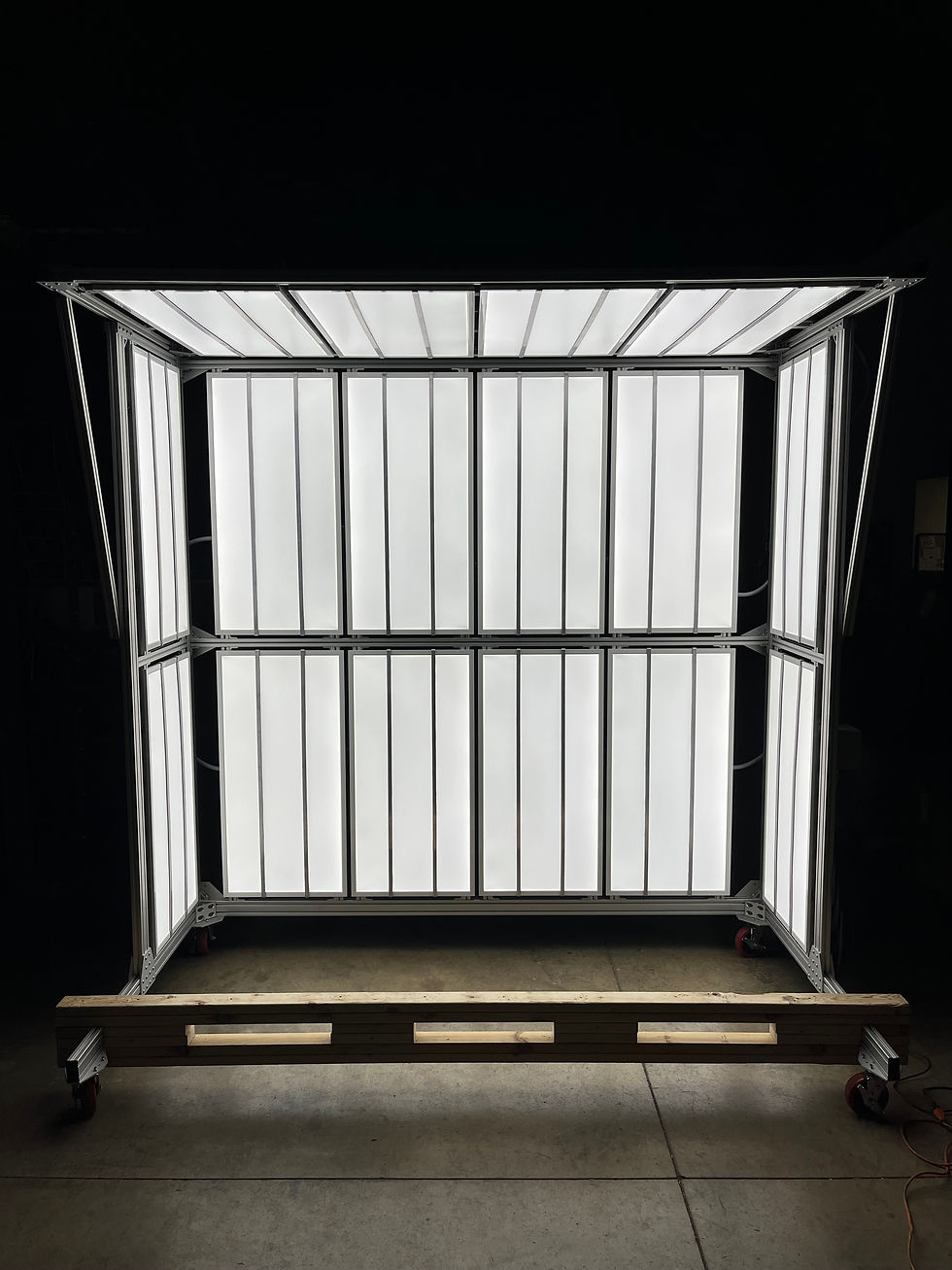Easy to Use Motion Control Solutions using Unitronics
- Paul Taylor
- Jul 8, 2020
- 4 min read
The following application story is a great example of how Unitronics provides easy to use motion control solutions by leveraging their PLC, HMI, and servo motors. J.H. Bennett's engineers, designers, and sales engineers rely on Unitronics to help many of our customers with great solutions for their motion control needs.
Unitronics PLCs & Servos: Servo Made Simple Precision Motion Control in Extruder Application

Summary: Stratasys, trendsetters in the field of 3D printing, chose Servo made Simple: Unitronics’ UniStream® PLC teamed with Unitronics AC Servo Drives and Motors to automate a manual process— Cleaning Extruders Machine.
Stratays is a pioneer in the field of 3D printing, and also produces the materials for 3-D printers. When they ran into issues of worker safety and efficiency, they needed to automate a manual process.
Stratasys project engineer Yakir Cohen, chose Unitronics’ Servo made Simple solution.
What were the problems you needed to solve?
Engineer Yakir Cohen: At Stratasys, we produce both 3D printers and the materials they use to print. These materials are polymers, plastics that can be printed into products that serve a range of industries: consumer, medical, aerospace and many more. Our 3D printers produce a broad variety of polymers. The raw materials of each batch differ, according to the properties required for the end products, such as hardness, tensile strength, flexibility, and of course we produce polymers in a range of colors. The production process includes an extruder, with heaters located at exact, specific distances along its barrel. Since batches differ in raw materials and color, the extruder barrel must be thoroughly cleaned after each batch to prevent contaminating the next – colors, for example, if the first batch was yellow and the next one blue, we might wind up with green! Before this project, the extruder was cleaned manually. Technicians insert a revolving tool, a brush attached to an automatic drill, into the barrel and to move it back and forth. The raw material tends to harden and accumulate where the heaters are located. Not only was manual cleaning a Sisyphean, time-consuming procedure.
Why did you select Unitronics?
When I began researching hardware components, I received strong recommendations about Unitronics control products and development software. as I learned about Unitronics’ Servo I understand that it made Simple approach. Their development software, UniLogic®, was supposedly structured in a simple way that saves a lot of development time. Also, I needed a PLC controller and two servos and motors for my project, and it was easier and faster to obtain them from one supplier.
A great feature of their UniStream line is Ready-Made Motion. Unitronics supplies motion code for Ladder and HMI – you download it to the PLC, enter parameters via HMI, and can immediately run axis movements such as Point-to-Point, Jog, Homing, etc. Our cleaning machine did not require an HMI panel, but all UniStream controllers support Virtual HMI applications.
Management had concerns regarding the feasibility of the project –the time frame raised project risk. I showed them that by using UniStream mitigated risk by demonstrating the solution: I downloaded the Ready-Made Motion code, then entered parameters and executed movements using VNC to access the PLC’s HMI application.
We ultimately selected a UniStream® PLC to automate 2 Unitronics AC Servo Drives and Motors.
Can you tell us about project implementation and what were the benefits of using Unitronics?
The first benefit was ease of setup. In UniLogic, all we needed to do was select the models of the PLC, Servos, and Motors – communications were automatically set up, and the program suggested values based on the mechanical properties of the hardware.
After that, I built the control program using the drag & drop Motion Control functions; it was surprisingly easy. I ran diagnostics using UniLogics’ built-in scope, and used the tuning feature to adjust performance.
The finished machine inserts a rotating cleaning brush into the extruder barrel. One Servo precisely controls the depth of insertion into the barrel, halting at the exact points where heaters are located – these are dirtier areas where the materials tend to accumulate. The other Servo controls brush rotation, executing the torque needed to clean the barrel, for example increasing torque to clean dirtier areas, and limiting torque to prevent scratching or denting the extruder barrel.
I also use absolute positioning to provide for interrupted cleaning; if, for example the power fails during cleaning, when cleaning resumes, the machine continues from the exact point where the interruption occurs – this saves time. Once we had everything set up, we used UniLogic’s built-in scope and tuning features to get it all just right.
“I would like to again mention that this was the first time that I have ever written a control or motion control program – but UniLogic is a great programming platform. The environment for Servo operation and programming is intuitive and easy to use. We were concerned that this project would require a great deal of time – but Unitronics really has made Servo motion simple.” We have a new project in the pipeline – rest assured that Unitronics will play its part!
This article was originally published here. Visit Unitronics website for more great application stories and information on their products.




Comments